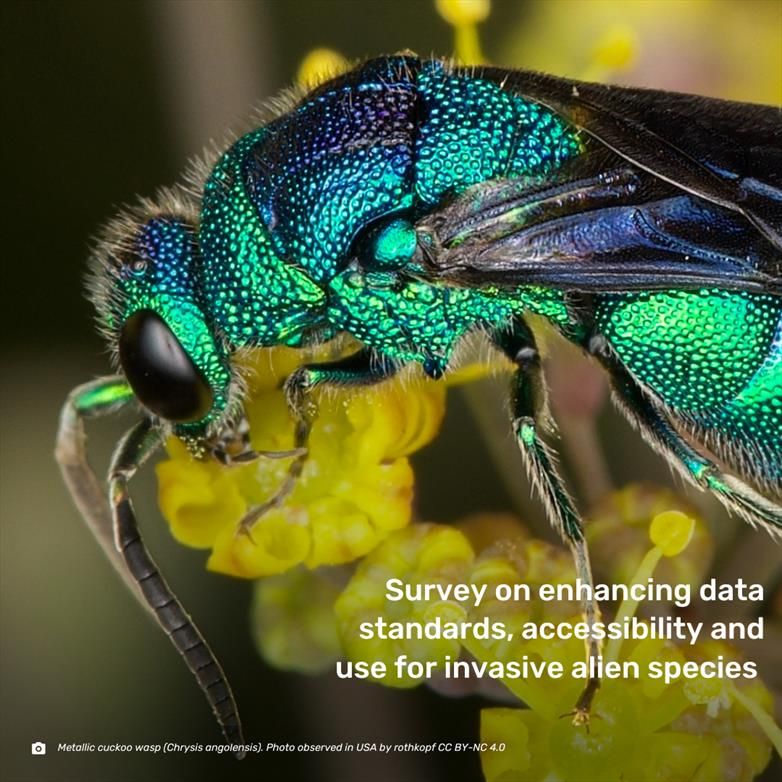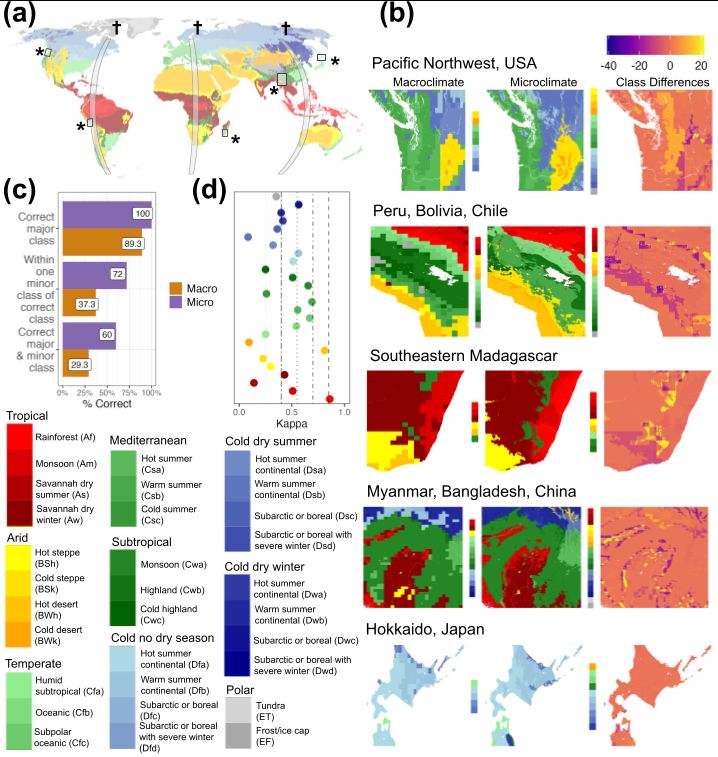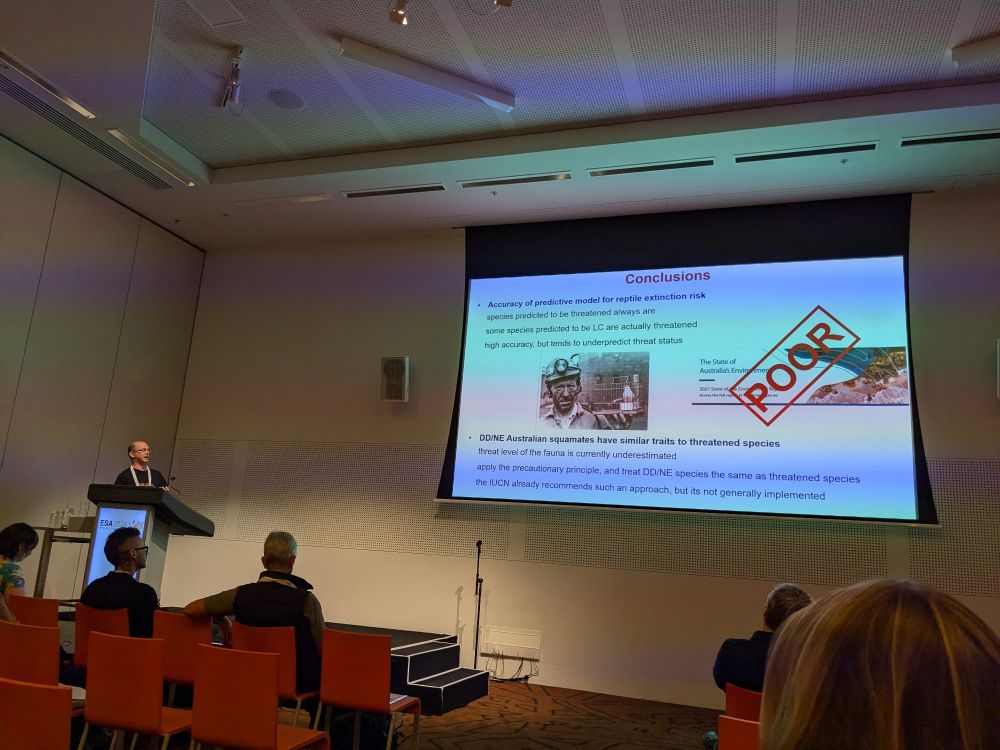Arman Pili
@armanpili.bsky.social
110 followers
200 following
13 posts
🧑🏽🔬 PostDoc @fletcher.ecology CambridgeU | 🎓 MonashU'24 | 📚 Appl. Quant. Global Change Ecology | Fellow IPBES | JrAE J Appl Ecol | Explorer NatGeo | 🎲 Brimming w/ chaos & positivity | Grung Valor Bard 🐸
Posts
Media
Videos
Starter Packs
Reposted by Arman Pili
Hanno Seebens
@hannoseebens.bsky.social
· Aug 14

Biological invasions: a global assessment of geographic distributions, long‐term trends, and data gaps
Biological invasions are one of the major drivers of biodiversity decline and have been shown to have far-reaching consequences for society and the economy. Preventing the introduction and spread of ....
doi.org
Arman Pili
@armanpili.bsky.social
· Jul 14
Arman Pili
@armanpili.bsky.social
· Jul 10
Arman Pili
@armanpili.bsky.social
· Jul 10
Arman Pili
@armanpili.bsky.social
· Jul 10

Niche shifts and environmental non-equilibrium undermine the usefulness of ecological niche models for invasion risk assessments - Scientific Reports
Scientific Reports - Niche shifts and environmental non-equilibrium undermine the usefulness of ecological niche models for invasion risk assessments
doi.org
Arman Pili
@armanpili.bsky.social
· Jul 10
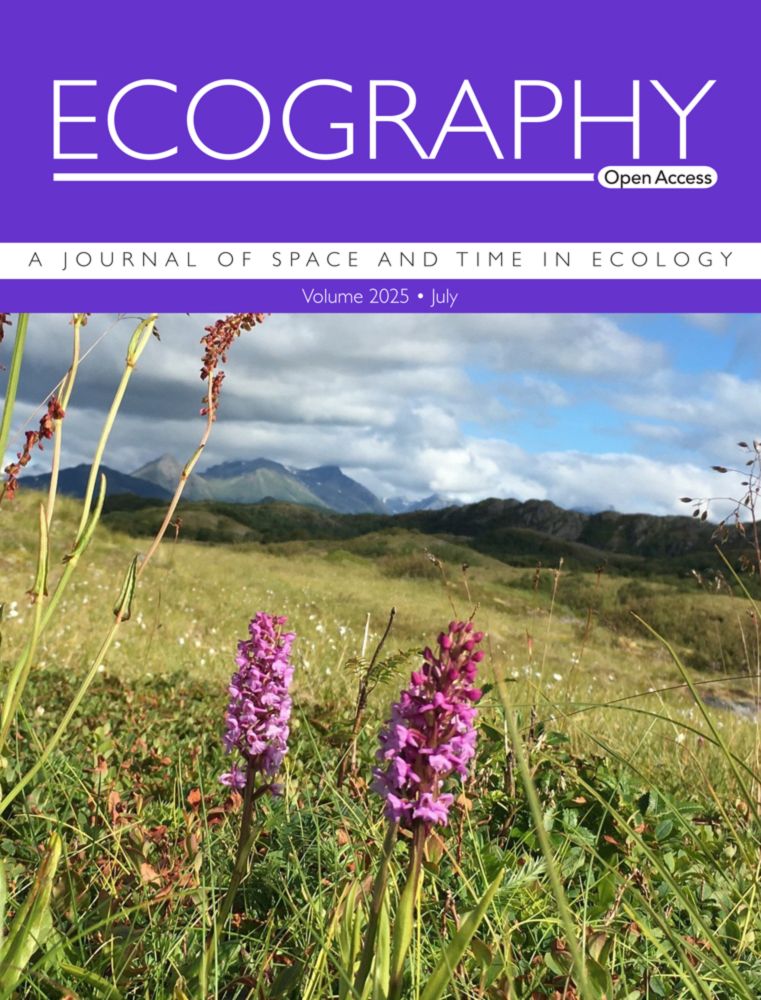
Correcting environmental sampling bias improves transferability of species distribution models
Sampling bias is an inherent problem in widely available biodiversity data, undermining the robustness of correlative species distribution models (SDMs). To some extent, subsampling occurrence data c....
doi.org
Reposted by Arman Pili
Reposted by Arman Pili
Arman Pili
@armanpili.bsky.social
· Dec 31
Arman Pili
@armanpili.bsky.social
· Dec 29
Reposted by Arman Pili
David Chapple
@chapplelab.bsky.social
· Dec 19
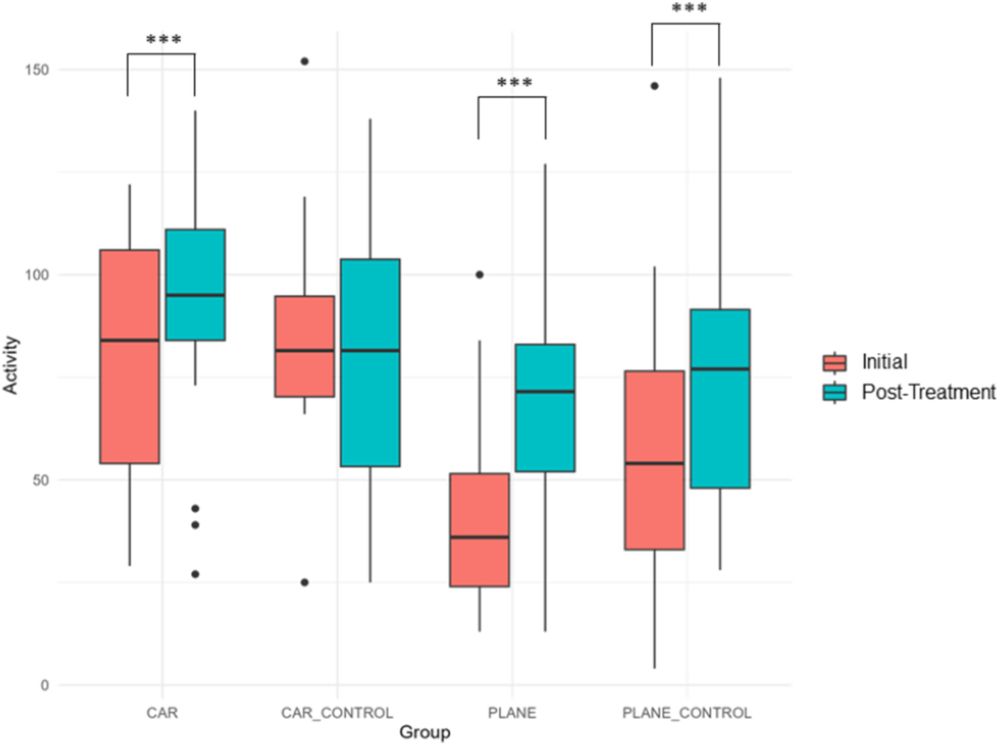
Skinks on a Plane: Does Human‐Mediated Transportation Impact the Behaviour of an Invasive Lizard?
In order for invasive species to successfully establish in the non-native region, they must survive the journey and arrive in good condition; however, few studies have investigated the impact of huma....
onlinelibrary.wiley.com
Arman Pili
@armanpili.bsky.social
· Dec 17
Reposted by Arman Pili
Reposted by Arman Pili
Reposted by Arman Pili
Reposted by Arman Pili
Reposted by Arman Pili
Clara Marino
@claramarino.bsky.social
· Dec 4
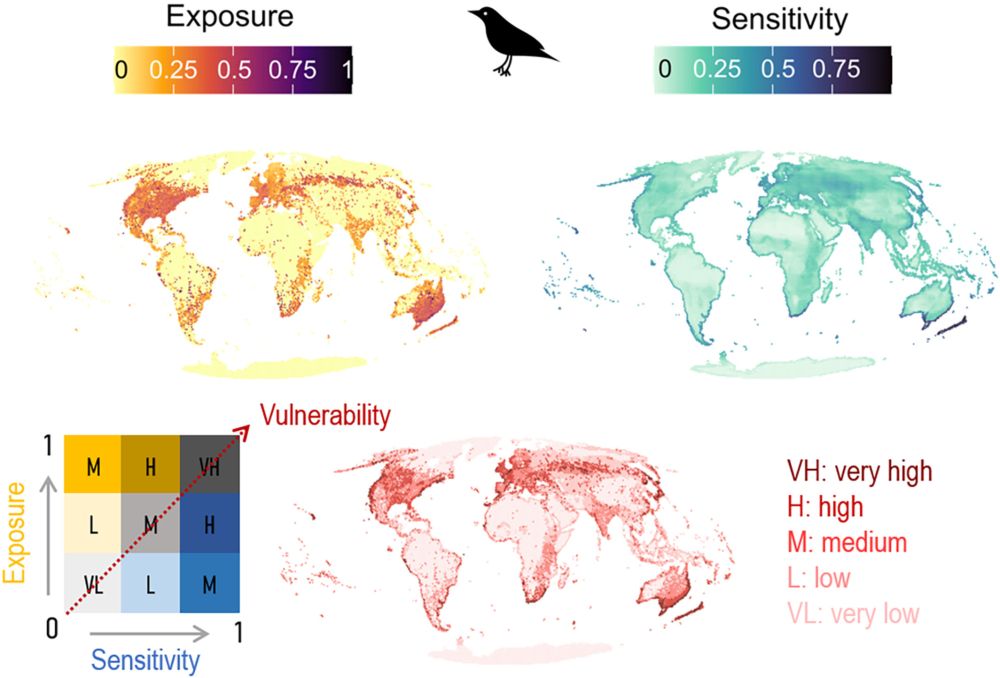
Exposure and Sensitivity of Terrestrial Vertebrates to Biological Invasions Worldwide
To reach the COP 15 objective of diminishing the impacts of biological invasions on native biota, one needs to identify the most vulnerable areas to this threat for prioritizing conservation actions.....
onlinelibrary.wiley.com







